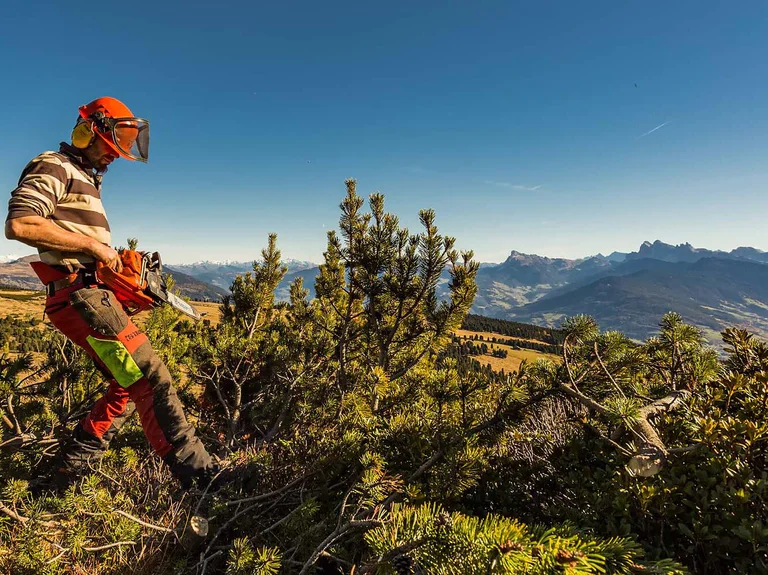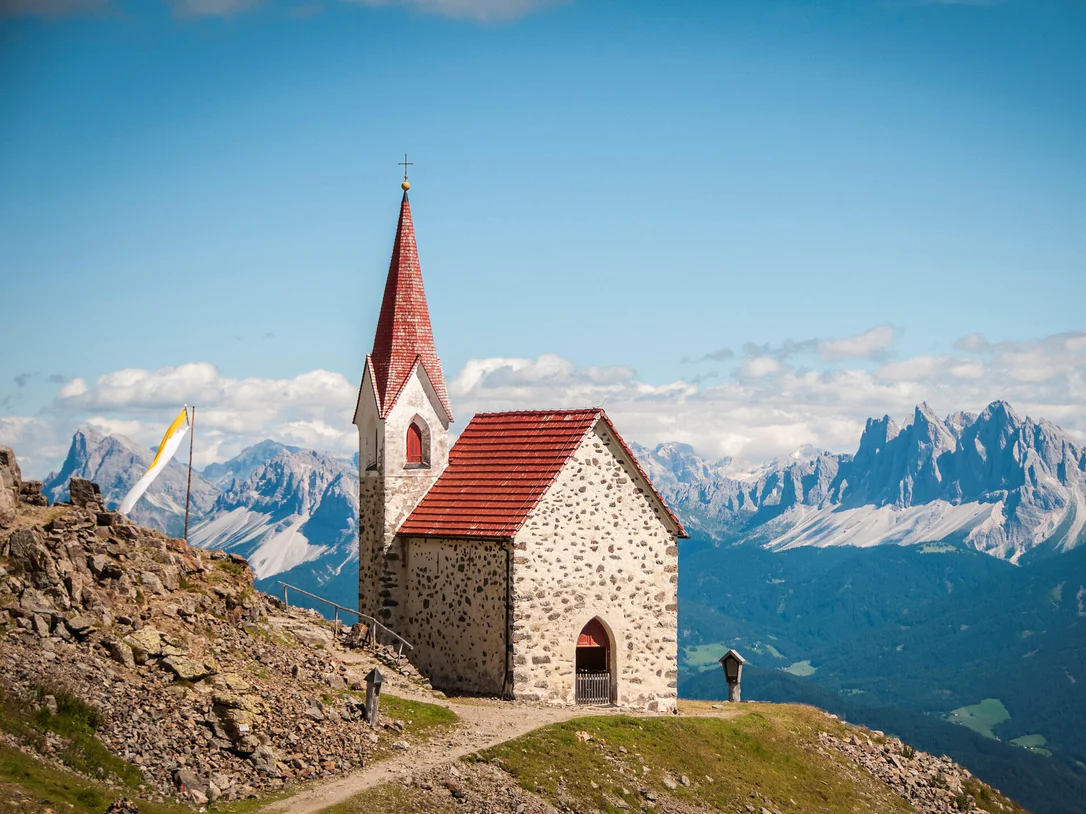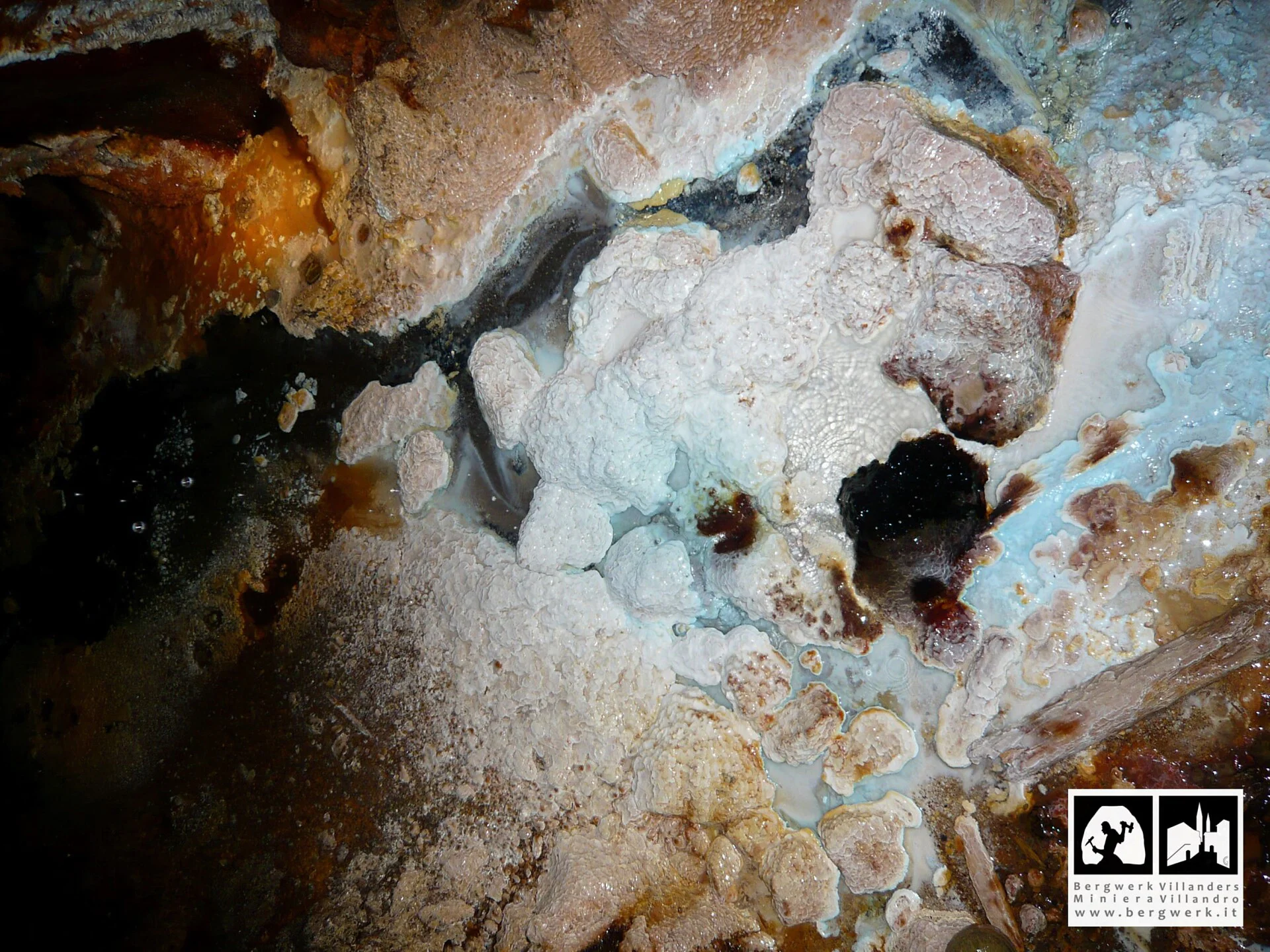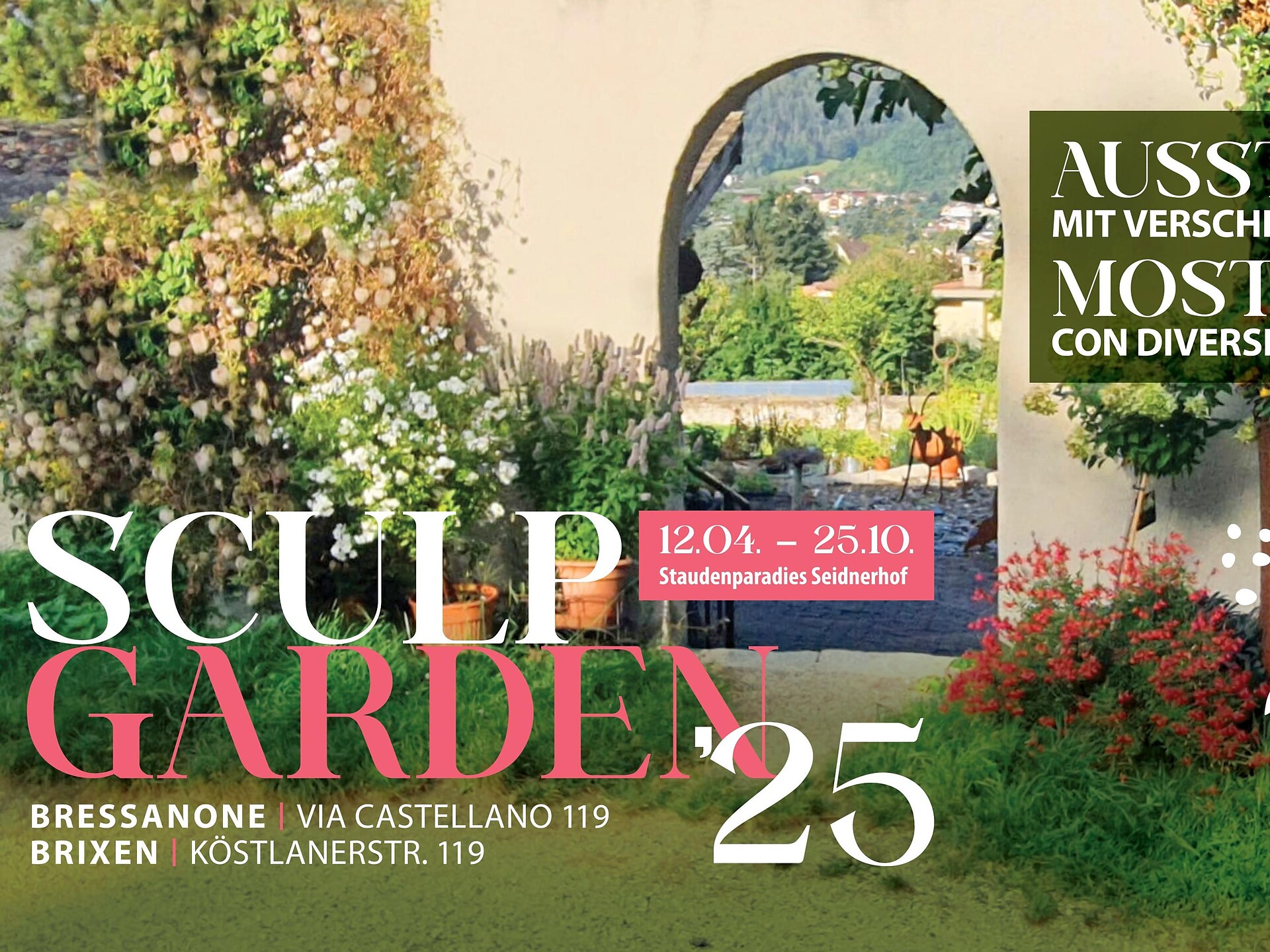The Swiss Mountain Pine Oil Distillery on the Barbianer Alm has awoken from the winter sleep.
In the last 25 years, this living museum has been operated solely on the basis of tradition and as a hobby.
But the know how and craftsmanship to distill Swiss Mountain Pine Oil has been handed down from generation to generation.
That´s why we can produce Swiss Mountain Pine Oil and Swiss Stone Pine Oil of the highest quality, ethereal oils that help peope in a natural way.
















































































































































